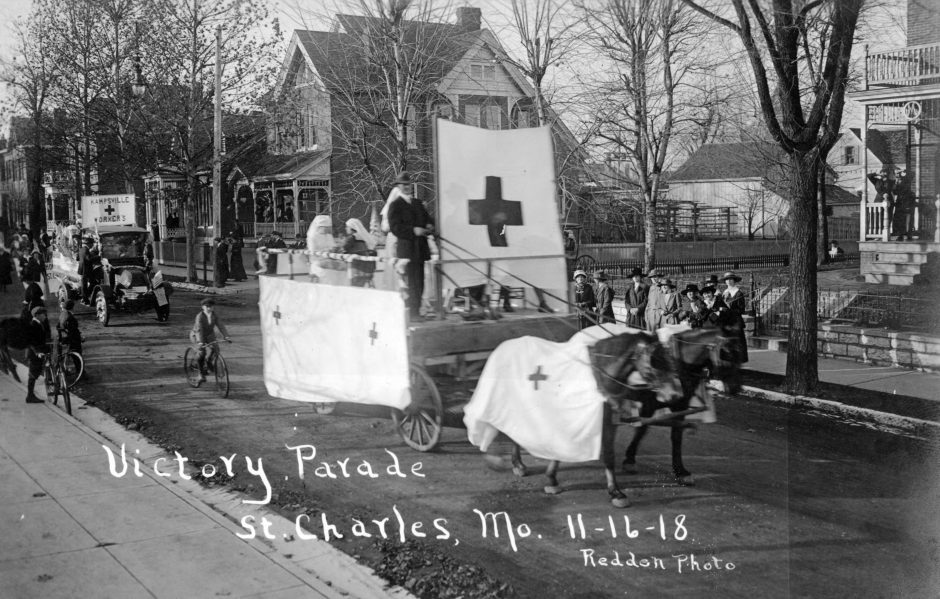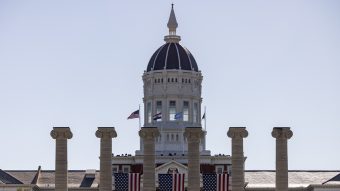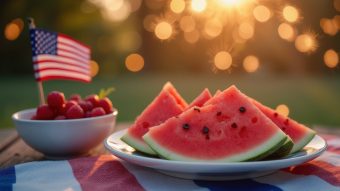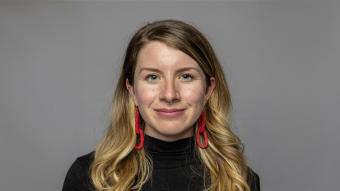March 26, 2020
Contact: Eric Stann, 573-882-3346, StannE@missouri.edu

Events such as the 1918 influenza pandemic and the resurgence of measles in the U.S. and Western Europe can help researchers understand how cultural behaviors are influencing the current spread of COVID-19 worldwide.

Carolyn Orbann, an associate teaching professor of health science in the School of Health Professions at the University of Missouri, studies how cultural behavior can play a role in the spread of infectious diseases. Recently, Orbann shared her insight on how cultural behaviors influence the spread of infectious diseases in human populations, including why this can help us understand the current spread of the COVID-19 virus and why the choice to go on spring break during a pandemic is a complex decision.
Why are cultural behaviors important to study when looking at how infectious diseases spread in human populations?
Culture is one of the most fundamental ways that shapes how we live in the world. We are both biological and cultural beings, so when a disease spreads through large parts of the world’s population, we can cope with that in both biological and cultural ways.
Our bodies will have biological reactions, but we as groups of people — Americans, Europeans, etc. — have our own cultural reactions. Those cultural reactions vary depending on how our families are structured, our way of life, our cosmologies and our economic systems. The impact of the disease can be greater or lesser depending on the particular actions and behaviors of different groups.
How have cultural behaviors influenced the spread of infectious diseases in human populations? Are there a couple specific examples that you could share?
Every major pandemic in human history has been exacerbated by cultural behavior in one way or another. For example, the 1918 influenza pandemic was negatively affected by population movements and censorship of the press due to wartime restrictions during World War I.
A more contemporary example might be the resurgence of measles in the U.S. and Western Europe. Groups of people are rejecting vaccines for vaccine-preventable diseases, such as measles. Interestingly, research has shown that vaccine-hesitant people in the U.S. are not uneducated or under-privileged, rather the decision not to vaccinate is due to the use of this behavior as a symbol of group membership and like-mindedness. If we are concerned about the resurgence of vaccine-preventable diseases, health care providers and public health professionals need to think carefully about how to separate this particular behavior from its status as a symbol of group membership.
Are there particular behaviors that are more prevalent than others throughout history?
Yes. In many cases, populations such as ethnic minorities or immigrant populations have borne the brunt of blame during major pandemics throughout history. This is known as a “germ panic.”
Germ panic has been identified in the social responses from the bubonic plague in the middle ages to the way that immigrants and the poor were blamed for tuberculosis in the Victorian era. We are seeing it right now with anti-Asian racism during the COVID-19 pandemic. It is important that we are aware of this pattern of blaming so that we can actively work against it in our own communities.
We have a lot of power to change the course of this current pandemic, and future ones, through our behavior. I’ve been impressed at the rise of cooperative thinking during this epidemic, but if we do well at these socio-cultural mitigation efforts, we still need to be wary of feeling that “nothing happened.”
What lessons can we draw from history to the current COVID-19 outbreak? Any specifics for Columbia and the University of Missouri itself?
As I am teaching my students, I try to emphasize that there is no universal rationality when it comes to the way people behave during an epidemic. People make decisions based on their own needs, priorities and particular situations, which are all influenced by culture. We need to understand the decision-making process that others are using to make those choices and to see how those choices affect our health.
Recently, pictures of hundreds of people partying on beaches in Florida during the COVID-19 pandemic went viral. This choice to “party at the beach” is actually more complex. For many college students, spring break is a ritualistic and symbolic activity that fits into their mental narrative of what college is all about. In the midst of what seems like a very chaotic semester, they are grasping for anything that seems normal and typical. They are trying to fulfill that mental roadmap of what a college student does while they are at college. If the reality of their experience starts to deviate too much from their expectations, it starts to feel incomplete and unsatisfying.
In this case, we can help the students navigate the choices between their own desires and the greater good by working to help modify both their expectations about the next few weeks and to offer them acceptable, safe alternatives. So, what traditional Mizzou activities do we know that we can continue to do for the class of 2020? How can we make the completion of their Spring 2020 feel legitimate? How can we help their friends and family publicly recognize their achievements? These are the questions that we are all working on right now.
Editor’s Note: To view Orbann’s bio, please click here.
To arrange an interview with Carolyn Orbann, please contact Eric Stann at 573-882-3346 or StannE@missouri.edu.



